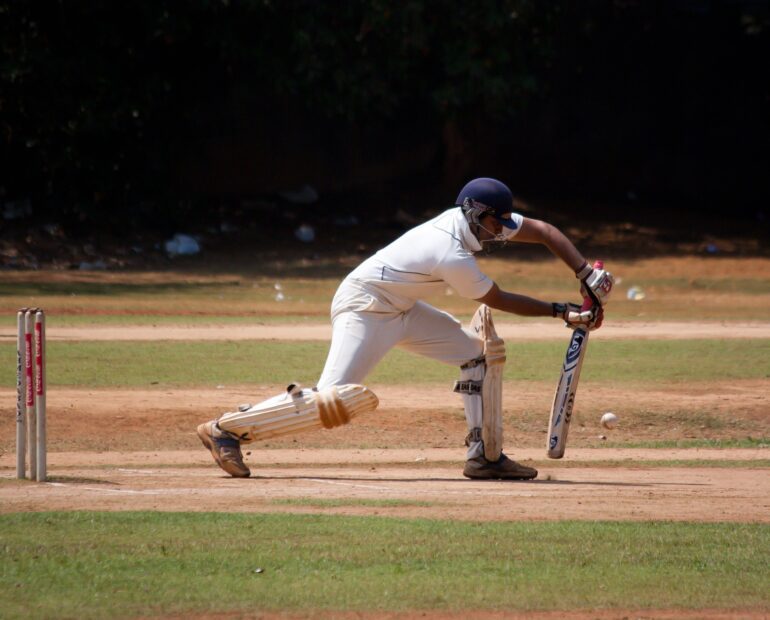TL;DR:
- Machine learning and data analysis have revolutionized predictions in various domains, including sports.
- Cricket, one of the most popular sports, has seen extensive testing of machine learning algorithms for predicting match outcomes.
- Research groups have achieved high accuracy rates in predicting upcoming events using machine learning techniques.
- The application of machine learning in cricket faces challenges, such as redundancy, when multiple teams adopt the same strategies based on predictions.
- While machine learning shows promise, relying on current performance and luck remains crucial for cricket teams and bettors.
- Future advancements in machine learning could potentially revolutionize the sports industry.
Main AI News:
The realm of the future has always been enigmatic, draped in an air of mystery and intrigue. However, recent strides in the fields of machine learning and data analysis have transformed predictions from mere magical tales into surprisingly accurate scientific endeavors. The most remarkable aspect is that machine learning can now be applied across various domains, ranging from stock projections to forecasting the outcome of an impending sporting spectacle.
Among the diverse arenas that machine learning has been extensively tested on, sports stands out as one of the most prominent. This is not only due to the global adoration of sports but also because many sporting disciplines possess a treasure trove of historical data that can be harnessed for meticulous analysis. In light of this, let us delve into the application of machine learning in one of the most popular sports of all time: cricket.
Cricket, with its immense popularity, has witnessed a wealth of data being fed into countless machine learning tests. Beyond serving as a testing ground for novel machine learning methods, this sport has captivated researchers, who strive to predict the expected outcomes of matches. The applications of such predictions are far-reaching, ranging from determining the most formidable team lineup against a specific opposition to assisting in placing more accurate bets on forthcoming games.
One of the notable research groups that have embraced machine learning in the realm of cricket is the Department of Computer Science and IT at Amity University Jharkhand Ranchi, India. Leveraging the Indian Premier League (IPL), the most celebrated T20 tournament, the group aimed to employ machine learning techniques on an extensive dataset comprising past matches. By employing six distinct machine learning approaches, they established 17 critical data points for evaluation during the ML process. Across these diverse methods, the group achieved an impressive accuracy rate of 90% in predicting the outcomes of upcoming events.
Another noteworthy experiment, conducted by Towards Data Science, sought to determine the victor of the 2019 ICC Cricket World Cup. This test harnessed a comprehensive dataset encompassing player statistics and performances from previous World Cup events, as well as One-Day Internationals (ODI) data and results from 2011 to 2017. Employing an amalgamation of six different machine learning formats, the algorithmic prediction ultimately aligned with reality as England emerged as the victorious nation.
Looking ahead, the application of machine learning in cricket continues to spark intense debate and speculation. Can it truly enhance match outcomes or enable bettors to make more informed wagers? While tests such as the aforementioned experiments showcase the substantial accuracy machine learning can offer, the answer remains far from definitive. Should multiple teams adopt this innovation to determine winning player lineups, the algorithms could become redundant as each team constantly adjusts its strategies to position itself with the predicted winning players.
Consequently, the future of applying machine learning to cricket remains skeptical at best. Despite the vast range of potential applications, the contrasting methodologies of machine learning and their easy accessibility detract from the awe-inspiring predictive capabilities they possess. For the foreseeable future, cricket is likely to persist in its traditional form. Teams will continue to select players based on their current performances and abilities, while individuals engaging in betting activities will need to rely on tips and luck to inform their decisions.
However, if significant advancements in machine learning and the underlying AI emerge in the years to come, there is little doubt that machine learning may infiltrate almost every sporting domain, forever altering the landscape of competitive endeavors.
Conclusion:
The integration of machine learning in cricket predictions opens up new possibilities for the sports industry. With the ability to accurately forecast match outcomes, teams and bettors can make more informed decisions. However, challenges arise when multiple teams employ similar strategies based on predictions, potentially diminishing the efficacy of machine learning algorithms. Nonetheless, as technology advances, the widespread adoption of machine learning in sports is imminent, transforming the way matches are approached and perceived.

